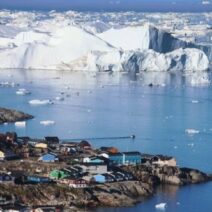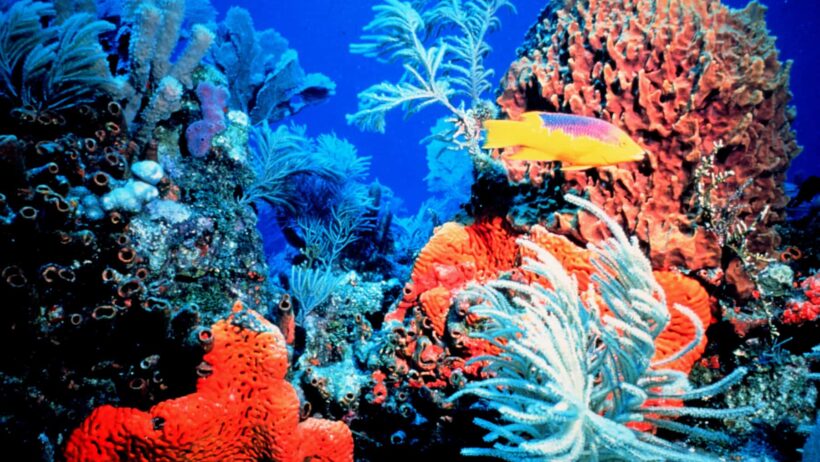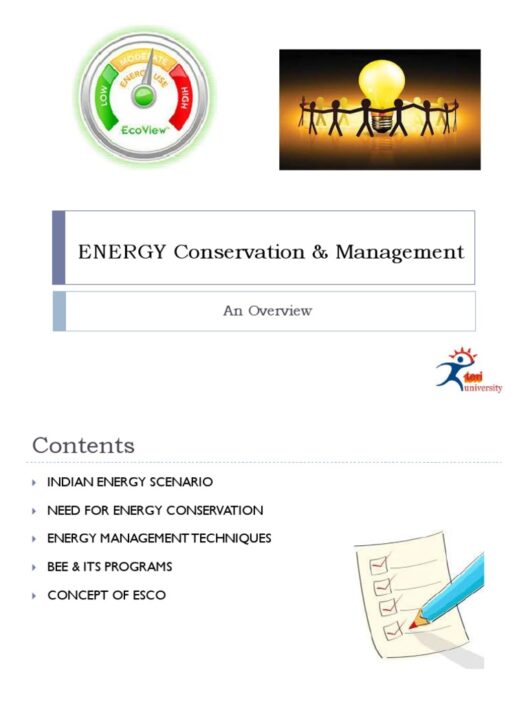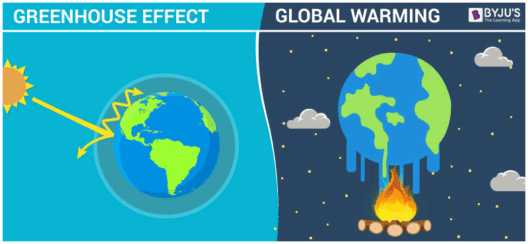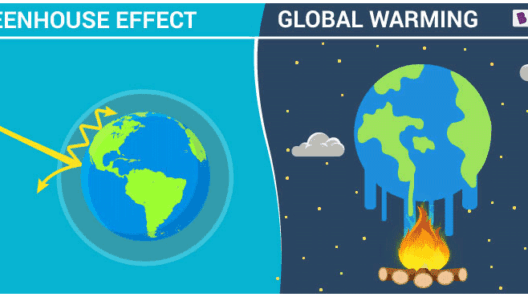Coral reefs, often dubbed the “rainforests of the sea,” are one of Earth’s most vibrant ecosystems, sustaining a staggering array of marine life. They not only provide habitat for countless species but also protect coastlines, support fisheries, and promote tourism. Sadly, these intricate coral structures are undergoing a silent yet devastating transformation triggered by global warming. You might wonder, how many more coral reefs can withstand rising ocean temperatures before they vanish entirely?
Climate change, primarily fueled by anthropogenic activities, is altering the delicate balance of oceanic environments. Coral reefs thrive in specific temperature ranges, typically between 23°C and 29°C (73°F to 84°F). Yet, with the Earth’s average temperatures on the rise, ocean waters are becoming increasingly warm. This thermal stress is leading to coral bleaching, a phenomenon where corals expel the symbiotic algae known as zooxanthellae that provide them with essential nutrients. Without these algal partners, corals lose not only their color but also their primary source of sustenance, facing a grim fate.
The relationship between coral and zooxanthellae is a fascinating example of mutualism. The algae, living inside coral tissues, perform photosynthesis and provide energy for the corals, while benefiting from a protected habitat and nutrients. When water temperatures exceed the tolerance thresholds of corals, they expel the algae, leading to bleaching. If stressed conditions persist, particularly in the face of pollution and ocean acidification, bleached corals may die within weeks. Unfortunately, the statistics are alarming; some studies indicate that up to 50% of the world’s coral reefs have already suffered significant decline over the past few decades.
Ocean acidification, another consequential aspect of climate change, adds to the peril facing coral reefs. The absorption of excess atmospheric carbon dioxide (CO2) by the ocean decreases pH levels, making seawater more acidic. This change hampers the ability of corals to produce calcium carbonate, the compound that forms their structures. A less conducive environment for calcium carbonate deposition means weakened coral skeletons and diminished resilience against storms and erosion. The degradation of coral reefs isn’t merely an environmental concern; it has dire implications for the millions of people who rely on these ecosystems for food, livelihood, and protection.
To truly grasp the scale of vulnerability, one must consider the economic impact of coral reef degradation. Coastal communities often depend heavily on coral reefs for tourism and fishing. A thriving reef attracts snorkelers, divers, and researchers, generating vital revenue. Conversely, the loss of coral reefs could lead to a staggering economic decline. The Global Coral Reef Monitoring Network estimates that coral reef ecosystems provide services valued at approximately $375 billion annually. If current trends continue, the consequences could include widespread unemployment and a decrease in food security for countless coastal populations.
Furthermore, coral reefs harbor biodiversity that plays crucial roles beyond just local ecosystems. Many marine species depend on coral reefs for their life cycles. For instance, many fish species seek refuge among coral formations during their vulnerable juvenile stages. The loss of coral reefs endangers these species, disrupting marine food webs and leading to unforeseen ecological consequences, such as the decline of commercial fish stocks. With every dead coral, the shade of our oceans darkens a little more and the delicate marine balance shifts towards a realm of uncertainty.
As advocates for the environment, it’s imperative to recognize that loss of coral reefs would extend beyond marine life; it would alter the very fabric of our oceans. Coral reefs play a crucial role in absorbing carbon dioxide and supporting the ocean’s health. Their disappearance not only contributes to biodiversity loss but also exacerbates climate change by releasing trapped CO2 back into the atmosphere. If we allow this to continue, can we truly fathom the long-term implications for our planet’s climate stability?
Although the situation appears dire, there remains a glimmer of hope. Community-led conservation initiatives around the globe have shown promising results in restoring coral health and resilience. For example, replanting nursery-grown corals can help bolster local populations, while establishing marine protected areas fosters healthier ecosystems. By actively engaging in conservation, we can work towards rehabilitating coral habitats and mitigating human impacts on the environment.
Public awareness and education about the plight of coral reefs are also vital. People must recognize that individual actions, like reducing carbon footprints and minimizing plastic usage, contribute to combating climate change. Supporting sustainable practices in tourism and fishing can also help preserve these invaluable ecosystems. As individuals join together, we wield the power to influence policy changes that target climate action.
To encapsulate, coral reefs are at a critical junction, grappling with the unprecedented affects of global warming. The struggle against this climate crisis is complex and extensive, interwoven with our own actions and choices. So, as we ponder the future of these beautiful underwater ecosystems, one question remains: Will we step up to protect our ocean’s jewels before they shimmer into oblivion? The answer rests not just in the hands of policymakers but in everyone willing to advocate for the survival of these vital ecosystems. The last stand for coral reefs is not merely a carpe diem moment; it is an urgent call to action that demands collective responsibility and commitment.

